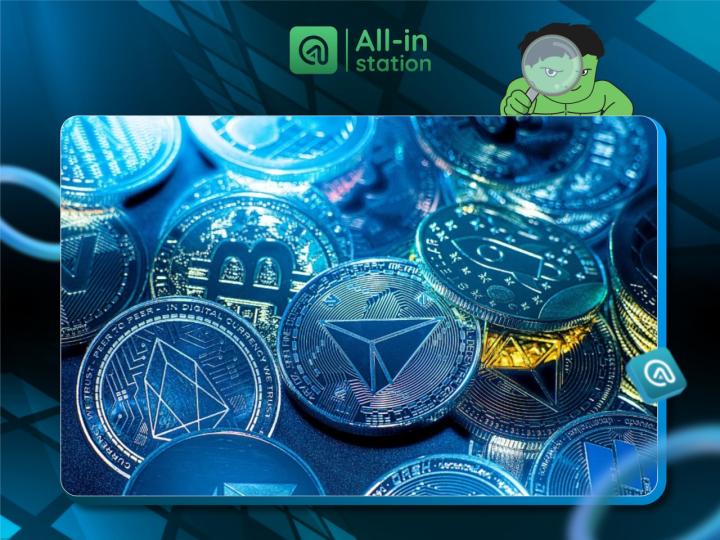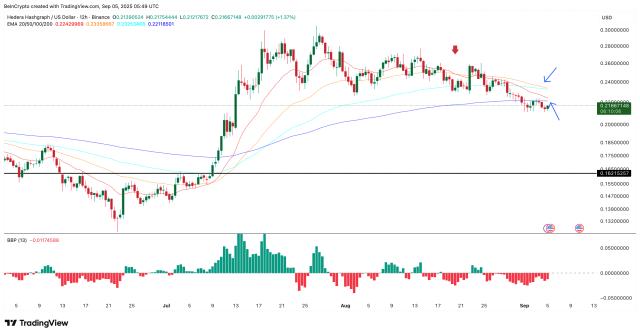As the cryptocurrency market continues to evolve in 2025, a bizarre kidnapping case unexpectedly highlights the unique real-world status of stablecoins like USDT. When the kidnappers discovered an influencer's crypto wallet had a zero balance, it not only exposed the dual nature of blockchain transparency but also revealed the paradoxical role of stablecoins in the modern financial ecosystem: serving as both a payment gateway and a carrier of systemic risk. From the collapse of UST to the regulatory challenges facing USDT, the evolution of stablecoins is redefining the security boundaries and market trust mechanisms of digital assets.
TikTok crypto influencer released after kidnappers found wallet empty
This bizarre incident highlights the paradox of cryptocurrency wealth: a TikTok influencer known for promoting digital assets was kidnapped and released after his captors discovered his crypto wallet had zero balance. The incident also reveals the unique security challenges of the blockchain era: transparent ledgers can reveal wealth but just as effectively reveal lack of assets.
The kidnappers, who had originally demanded payment in Bitcoin or other cryptocurrencies, discovered that the victim's wallet address showed a zero balance. This darkly humorous incident revealed a new reality: decentralized finance has eliminated traditional ransom payment methods, and cold wallet storage practices have even made prominent crypto figures immune to violent coercion.
The 2024 South Korean case involving a USDT ransom demand further illustrates this trend. Authorities arrested victims during an exchange deposit tutorial, demonstrating that transparency in cryptocurrency has a dual nature—exposing both predators and unprepared crypto enthusiasts.
The fragile history of stablecoins: from UST to USDC decoupling incidents
Stablecoins are often hailed as blockchain’s answer to traditional payment systems like Alipay, but their history is littered with catastrophic failures. At least five major crashes have resulted in total losses of funds, most notably the $40 billion TerraUSD (UST) implosion in 2022.
These dollar-pegged tokens operate under various mechanisms: fiat-collateralized (USDT, USDC ), algorithmic (UST), and hybrid models (DAI). The 2022 Terra crash demonstrated the dangers of algorithmic design. When UST's death spiral triggered a 98% price drop within 48 hours, its reliance on sister token LUNA as collateral exacerbated the crisis.
Even fiat-backed options, considered safer, face risks. In 2023, when USDC's $3.3 billion in reserves were trapped at the failed Silicon Valley Bank, it briefly lost its peg, trading as low as $0.87 before recovering. Other failures include TUSD 's reserve discrepancies, FEI Protocol's flawed redemption mechanism, and Basis Cash's short-lived algorithmic experiment.
AAVE surges 19% to lead the cryptocurrency gains list, with the launch of the Aptos blockchain serving as a catalyst.
AAVE surged 19% to become the best-performing cryptocurrency after completing its first expansion outside the Ethereum ecosystem on the Aptos blockchain. This technical milestone was achieved by rewriting the codebase using the Move programming language and rebuilding the interface for the Aptos Virtual Machine.
The Federal Reserve's dovish stance fueled the rally. Chairman Powell signaled a possible rate cut in September, boosting risk assets across the market and attracting strong buying for cryptocurrencies. Aave 's partnership with World Liberty Financial, which could unlock $1.9 billion in value from its upcoming token offering, further fueled market interest.
Security remains a top priority throughout the Aptos integration process. The deployment includes a comprehensive audit, a mainnet competition to stress-test the system, and a $500,000 bug bounty program. Initial supported assets include APT, sUSDE , USDT, and USDC—all subject to carefully calibrated supply and lending limits.
A Guide to Safely Withdrawing Cryptocurrency: Avoiding Common Pitfalls
Withdrawing cryptocurrency requires the same precision as handling physical cash. Users must carefully verify their wallet addresses and network selection to prevent irreversible loss. The process begins with secure login protocols—always access exchange accounts through verified URLs and avoid using public networks. Login credentials should be treated with the same care as a bank vault key. Asset management interfaces are like digital safes; choosing the right cryptocurrency type is crucial. Mixing up USDT and BTC addresses remains a costly mistake, comparable to sending a package to the wrong country. Wallet addresses should be double-checked with the same meticulous care as checking a draft of a love letter, using copy and paste to eliminate typos. Network choice has financial consequences: ERC-20 transactions are like premium courier services—fast but expensive—while TRC-20 offers a cost-effective but slower alternative. Performing small test transactions before making large withdrawals serves both as a verification method and a risk control measure. However, excessive microtransactions can trigger exchange security protocols, just as continuous ATM withdrawals can trigger alerts in bank systems.






